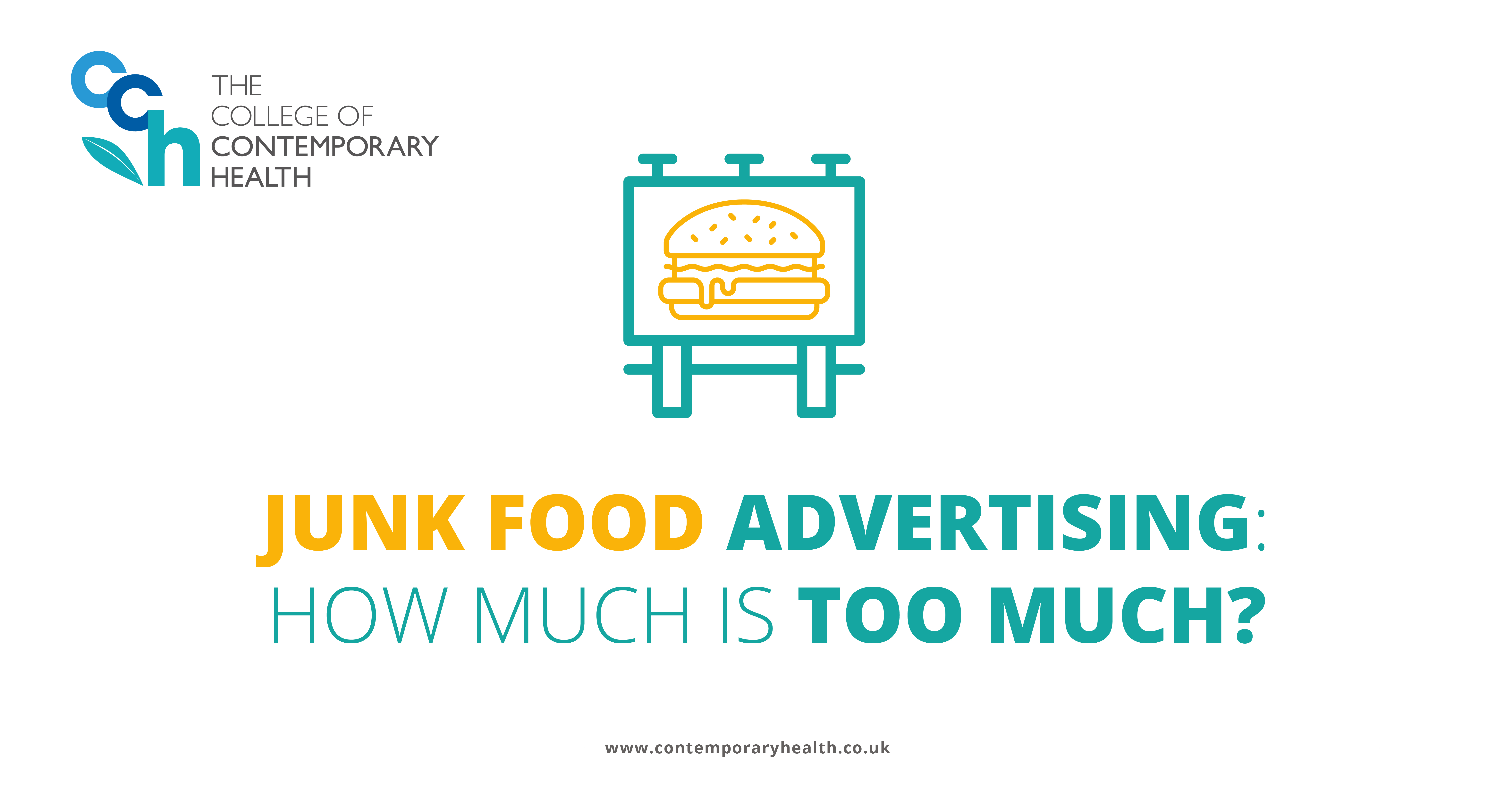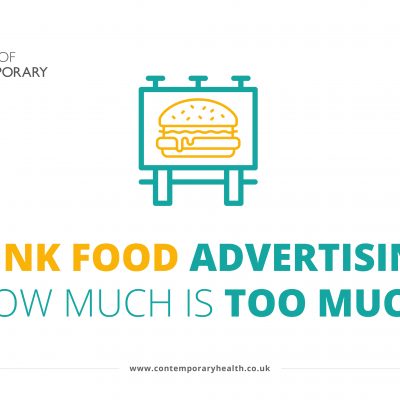
Junk Food Advertising: How Much is Too Much?
Last week saw the implementation of the “sugar tax.” It is one of the first big government initiatives here in the UK aimed specifically at dealing with the obesity epidemic with the hope of improving public health. Despite this initial effort from the government, many are calling for even more action to be taken with some pointing their fingers squarely at the advertising industry. It’s believed that the sheer amount of advertising for sugary, salty, and high fat junk food is excessive, targets children unfairly, and promotes poor diets and ill-health. With obesity and childhood obesity numbers continuing to soar, do those who wish to see a limit on junk food advertising have a point?
Although a declining medium of entertainment, especially among youths, television is still the biggest forum for advertisers to get their message to as much of the public as possible. Prime time television in the UK can still draw huge numbers of viewers with programmes like The Voice attracting 5.6 million viewers for its 2017 season premiere. Out of that 5.6 million people, roughly 710,000 children were viewers, with Liverpool University appetite and obesity researchers finding that those children faced no fewer than 12 junk food ads during the hour, with ads for Domino’s pizzas, McVitie’s chocolate digestive nibbles, and Anchor spreadable butter making up just a few. Experts who looked at the data collated by the Liverpool University researchers claimed that children were being “bombarded” with junk food ads and that a minimum of a 9pm watershed on these adverts was necessary, saying current guidelines were “failing children”.

Technology and the internet will continue to have an ever-growing influence on children.
As more and more children begin to abandon television for more portable forms of entertainment like mobile phones and tablets, it is only necessary that we should turn our attention to the presence of junk food advertisements on those devices. Social media, media platforms like Youtube, and many other popular websites frequented by the public and children are often strewn with junk food ads. Research in Canada discovered that over 90% of food and beverage product ads viewed by children and youth online were for unhealthy food products. Although those figures were for Canada, it is hard to imagine that it’s much different in the UK where the culture and obesity figures are similar.
Junk food advertising doesn’t just stop once the screens are off. Anyone who has been to a supermarket recently will know that the offers for junk food are ubiquitous with every aisle enticing customers to be upsold on energy dense, nutrient poor junk food. Even their placement at supermarket checkouts are strategic in their lure to get the public to act on their impulse and make a thoughtless, unnecessary purchase of something unhealthy. This however, has not gone unnoticed by members of the health conscious public as a committee of MPs, as recently as 2017, put forward a plan to restrict supermarkets from offering “deep discounts” on a variety of unhealthy foods, especially junk food. There has also been pushback on just where in the supermarkets junk food should be sold with the Department of Health putting forward a code stating “that in retail stores with more than four checkout lanes, a minimum of one should be free of junk food.” Despite these being a step in the direction towards a healthier public, they are all optional for retailers, and whether or not they participate, is up to them.
Despite the call for junk food advertising bans, there are however some junk food advertising restrictions already in place. Since July 1st 2017 advertisers were no longer allowed to show online ads for food and drinks high in fat, salt or sugar in all media where under-16s made up a quarter of the audience. Other restrictions also include the current rules, introduced in 2007, that bans the advertising of high-fat, high-sugar foods during children’s TV programmes or any programme where 75% of the audience will be children. Just yesterday, The Times reported that, “junk food advertisements would be blocked on social media under plans being drawn up in the fight against obesity,” and that, “curbs on advertising junk food, including a 9pm watershed, were being worked on in Downing Street after Theresa May reversed her opposition to restrictions on marketing.”

Junk food fills a shopping trolley at a supermarket.
So, some calls for junk food advertising restrictions are being heeded, and new restrictions would mark a big change for junk food advertisers, but some believe in extending those even further with prized neuroscientist, Wolfram Schultz, believing that selling junk food in plain packaging could help even further in the battle against obesity. He believes that, “the colourful wrapping and attractive advertising of calorie-rich foods encourage people to buy items that put them at risk of overeating and becoming obese in the future.” Despite this seeming like quite an extreme measure, it has been implemented for cigarettes in some countries like the UK and Australia. However, this seems unlikely to change for junk food any time soon.
Government imposed restrictions on junk food advertising are a great tool in helping the public to make healthier food choices, but if there is to be real change it also needs to come from the networks and platforms who display the advertisements. A glimmer of hope was recently seen in the United States when, in 2015, an independent initiative from Disney brought a self-imposed ban on junk food advertising on any of its TV channels, radio stations, and websites intended for children. It was the first major media company in which to do so.
The most effective change will come when both government and business act responsibly and work together to reduce the amount of unhealthy junk food advertising that the public is constantly exposed to.



